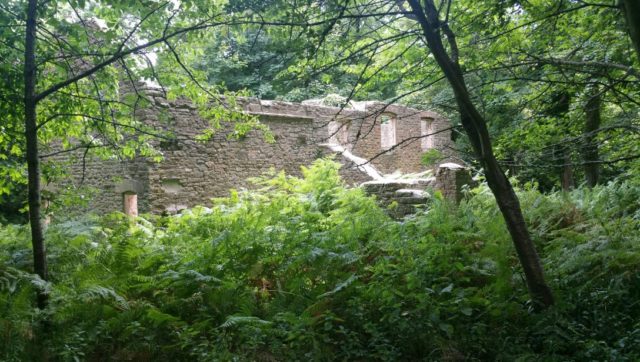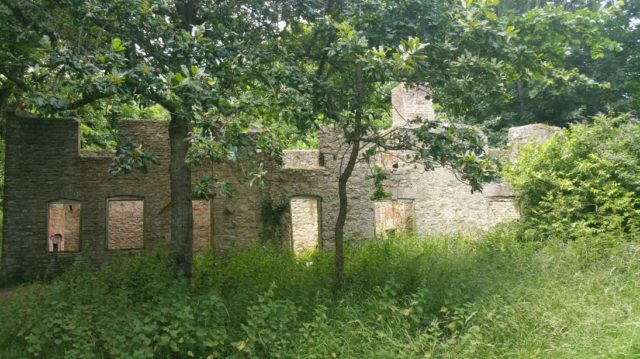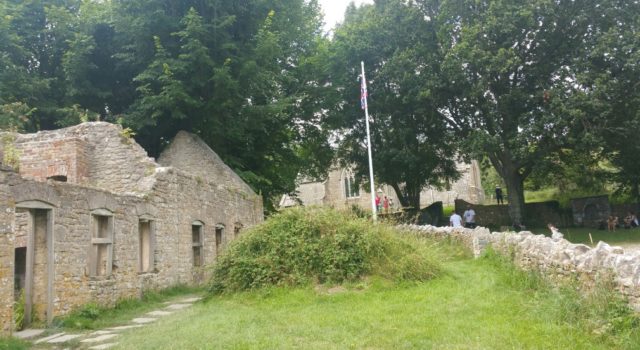The village is mentioned in the Domesday Book as Tigeham, meaning “goat enclosure”. A century later, the village was known as Tiham and only in later times as Tyneham.
The limestone church of St Mary dates from the 13th Century. It has been nearly 73 years since the residents of Dorset village Tyneham abandoned their homes during WWII. All images: Simon Templar.
Tyneham village and neighbouring hamlets were cleared in 1943 to enable Allied forces to train for the D-Day landings. The last resident to leave, was Helen Taylor and posted a very sad note on the church door, which read: “Please treat the church and houses with care.“We have given up our homes, where many of us have lived for generations, to help win the war and to keep men free. “We shall return one day and thank you for treating the village kindly.”

In November 1943 notice was given to the villagers that they would be required to leave within 28 days as the area was needed for forces’ training. On 17 December 1943 the last villagers left believing that one day they would be able to return. Sadly this was never to happen.

The intervening years have taken their toll. Only the church and school house remain intact. With names on the pegs and schoolwork on the desks, it feels as if only minutes ago the children had run outside to play. Former members of the village are still allowed to be buried in the churchyard.

Fifty years after pinning the sad note on the door, Helen Taylor, then 92, said she bore no grudge against the army. “We went with goodwill, thinking we were doing our share to help with the war,” she said.
Today, the village is still part of the army’s Lulworth Ranges but members of the public are able to access it on most weekends and public holidays. This measure was supposed to be temporary for the duration of World War II, but in 1948 the Army placed a compulsory purchase order on the land and it has remained in use for military training ever since.

Though littered with scrap used as targets, and subject to regular shelling, the land has become a haven for wildlife as it has been free from farming and development. In 1975, after complaints from tourists and locals, the Ministry of Defence began opening the village and footpaths across the ranges at weekends and throughout August.

Many of the village buildings have fallen into disrepair or have been damaged by shelling and in 1967 the then Ministry of Works pulled down the Elizabethan manor house, though the church remains intact, and has a stained-glass window by Martin Travers.

The church and school house have since been preserved as museums. In 2008, Tyneham Farm was reopened to the public and conservation work there is ongoing. Today, the village is still part of the Army Ranges but access is allowed most weekends and all public holidays.
Being on the Jurassic coast – there are some very good ‘views’ from here across Worbarrow Bay and some fantastic rock formations.